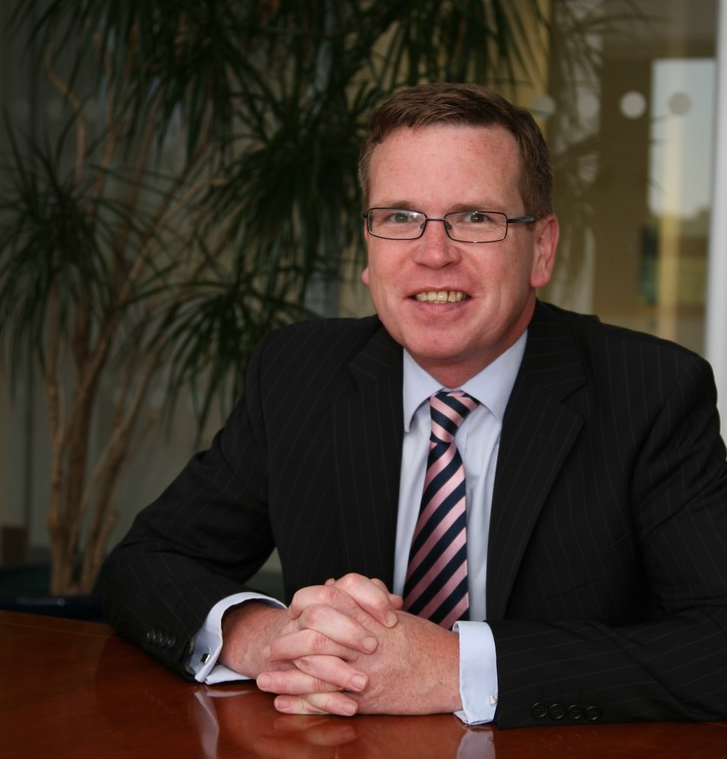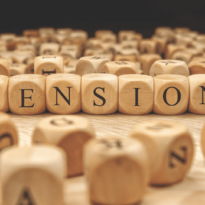Stephen McPhillips, technical sales director, Dentons Pension Management, considers considerations around pension scheme death benefits and provides an update following the recent Supreme Court Judgment.
This article was first published in the November 2020 issue of Professional Paraplanner.
A longstanding feature of most registered pension schemes has been the provision of death benefits in the event of the member’s death; indeed some schemes will have the term “retirement and death benefit scheme” in their titles to highlight the underlying nature of the arrangement. For some people, the death benefit element of a scheme will be of greater importance than the fact that it could provide them with retirement income; perhaps because they have sufficient wealth elsewhere and do not need to draw upon the pension scheme during their lifetime.
In any case, death benefit provision is a key part of registered pension schemes and the rules around these need to be carefully considered to ensure that the scheme goes some way to meeting members’ hopes and expectations for their beneficiaries. The new ‘pension freedoms’ introduced in 2015 brought additional flexibility and introduced us to the concepts of ‘nominees’ and ‘successors’.
What happens to the fund on death?
Normally, the Scheme Administrator / scheme trustees decide, in their absolute discretion, who to pay benefits to and in what amounts. As a result of such discretion being used, the death benefit payments are not normally subject to Inheritance Tax (IHT). However, care needs to be taken where the member was in ill-health in the two years prior to death because IHT might apply in some circumstances. We will look at this in more detail later in the article.
Who can benefit?
There could be a broad range of potential beneficiaries (including financial dependants, charities, trusts and so on) who could receive monies from the scheme. Given the discretionary nature of the decision to be made by the Scheme Administrator / scheme trustees, it is vital that the member completes a Nomination / Expression of Wishes form. This should indicate which beneficiaries the member would like to be considered by the Scheme Administrator / trustees and it should be lodged with them. It should be reviewed regularly by the member and adviser to ensure that it meets their current requirements.
What benefits can be provided?
As might be expected of a registered pension scheme, lump sums, drawdown pensions and annuities could be provided. It’s important to note, however, that whilst lump sums can be paid to a broad range of beneficiaries, drawdown pensions and annuities can only be paid to beneficiaries named on the Nomination / Expression of Wishes form, unless there are no surviving dependants / nominees. In that case, the Scheme Administrator / scheme trustees can choose recipients to receive these.
What are the death benefit tax consequences?
These can become quite complex and brevity prevents a full analysis of them here. However, it is important to note that one of the key factors involved is the age of the member / nominee / successor at the date of death.
Upon death of the member / nominee / successor before their 75th birthday, generally the benefits are paid tax-free to individuals, assuming that the Lifetime Allowance has not been exceeded, in which case a Lifetime Allowance tax charge would apply if the payment is made within two years.
It is equally important to note that the tax consequences can change as benefits are cascaded. For example, the original scheme member may have died before their 75th birthday, meaning that the benefits are paid tax-free. If then, a nominee / successor dies after his / her 75th birthday, then his / her beneficiaries would pay tax on their benefits at their marginal rate. Had the original member died after their 75th birthday, his / her beneficiaries would have paid tax on their benefits at their marginal rate of tax.
Different rules apply where the recipient is a trust, charity or the member’s estate.
The Staveley case
As mentioned above in relation to IHT, a recent Supreme Court case has shed some light on the potential charge to IHT where the member was in ill-health in the two years prior to death and had transferred from one registered pension scheme to another whilst in ill-health.
Briefly, Mrs Staveley’s transfer from a section 32 contract to personal pension (PP), followed by her omission to take benefits before her death were assessed by HMRC as giving rise to an IHT charge.
HMRC’s position was that, had she remained in the section 32 contract, on her death there would have been a payment to her estate, but by transferring to PP and nominating her sons as beneficiaries, her estate was deprived of that payment. Mrs Staveley transferred to PP in order to avoid her former husband or his company benefitting from any surplus in the section 32 contract. On her death, the Scheme Administrator of the PP, in its discretion, paid the death benefits to Mrs Staveley’s two sons.
HMRC argued that both the transfer from section 32 contract to PP and the omission to take benefits were linked and should be viewed together when considering the IHT position as “transfers of value”.
The Judgment was handed down on 19 August 2020. The outcome, by majority, was that, whilst the transfer to PP did not give rise to an IHT charge, the omission to take benefits did. However, this omission to act is now an academic point because of a change in legislation in 2011 regarding omissions to act.
Potential implications for paraplanners / advisers might be:
- Defined benefit (DB) to defined contribution (DC) transfers in ill-health where death occurs within two years might still give rise to an IHT liability because of an intent to confer a “gratuitous benefit” i.e. one that did not exist before the transfer.
- Transfers in ill-health from DC to DC arrangements for genuine commercial reasons, and where there are no changes in beneficiaries, may not give rise to an IHT liability.
- Ultimately, care needs to be taken with any pension transfers / switches during ill-health.





























